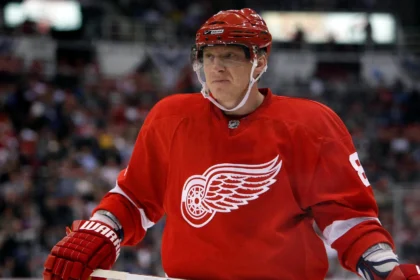Gregg Popovich is known for coaching principles that many try to instill in their players. One key concept he emphasizes, as described by Myles Turner from Team USA 2019, is making decisions within 0.5 seconds—whether shooting, passing, or driving—to keep constant pressure on the defense by acting fast. This rapid decision-making works well for most NBA players, but LeBron James, arguably the greatest player ever, thrives differently. LeBron plays at a more deliberate pace in the half court, taking time to observe and plan his attacks. Last season, he held the ball an average of 3.87 seconds per touch with nearly 3 dribbles per touch, peaking even higher during his Lakers tenure.
This slow, controlling style suited Lakers teams built around him and remains effective as long as he is leading the offense. However, this season, with Luka Doncic averaging even longer possession times and Austin Reeves also holding the ball extensively, the Lakers run the risk of their offense becoming stagnant. The ball needs to move to keep players engaged and energized.
In a surprising turn, LeBron’s season opener showed a more unselfish side. He focused on quick decisions, reducing his average time per touch to 2.46 seconds and dribbles to 1.63 per touch. Though not down to half a second, this faster pace sparked energy and movement in a Lakers team that ranks last in passes per game, helping them score 140 points against the Jazz despite poor three-point shooting. James’ deep understanding of how defenses react allows him to anticipate open passes and bend defenses effectively, demonstrated by smart pick-and-roll plays and quick passes that caught opponents off guard.
LeBron’s efforts to speed up decision-making and involve teammates made the offense more dynamic and less predictable. Known for his control and desire to handle every aspect of the game, LeBron has always adapted his playstyle when needed. He is one of the rare players capable of playing all five positions and thriving alongside different types of teammates. The Lakers need him to be a connector on the court, complementing creators like Doncic and Reeves and encouraging movement and teamwork.
This version of LeBron revived the team’s offensive rhythm, rewarding role players’ efforts and boosting their involvement. As he works on his conditioning, especially with his age and health challenges, he may gradually return to his traditional style. But this faster, more collaborative approach in his season debut suggests he understands the team’s strengths and is willing to adapt. Even if he can’t make split-second decisions like Popovich’s ideal, a slightly quicker LeBron will be a significant asset for the Lakers moving forward.
Fan Take: This development shows that even a superstar like LeBron can evolve his game to elevate his team’s success, highlighting the importance of adaptability in basketball. For fans, it means exciting, more dynamic play and a Lakers team that might better harness its collective talent for championship contention.



